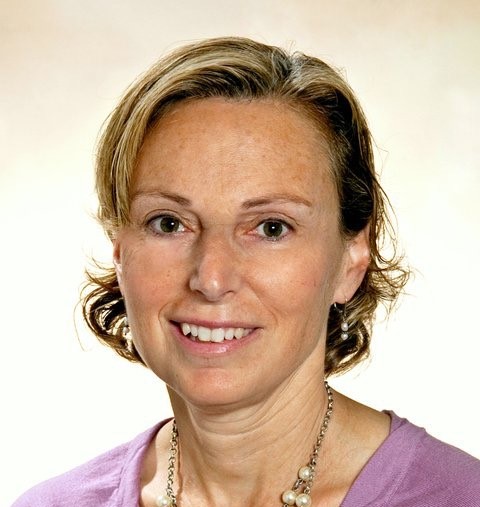Session Details
Reducing Unintentional Injury by Creating Equitable Access to Safe Environments
Grand Salon C/D

Institute for Clinical Research and Health Policy Studies
Center for Community-Engaged Medicine
Tufts Medical Center
Assistant Professor of Medicine
Tufts University School of Medicine
Institute for Clinical Research and Health Policy Studies
Center for Community-Engaged Medicine
Tufts Medical Center
Unintentional injury is a leading cause of death and disability among children. Nonfatal injuries to children are also a significant public health problem. Rates of both fatal and nonfatal injury vary by race and ethnicity with fatal injury rates increasing by 22% in the Hispanic/Latino population and 32% among non-Hispanic Black individuals in 2020, compared with an increase of 13% among non-Hispanic Whites.
HOPE (Healthy Outcomes from Positive Experiences) proposes that children need four types of experiences for healthy development: relationships, environment, engagement, and emotional growth. This workshop will use this framework to develop ideas for equitable unintentional injury prevention.
Equitable access to safe environments for children to live, learn and play may help to reduce unintentional injury rates among all children. Focusing on individual risk factors as a means to reduce injury rates has had a limited effect; looking upstream to ways to create more equitable and safe environments may help to speed progress. One example of a policy change resulting in a significant reduction in unintentional injury and death was the implementation of the 1976 window guard rule in New York City which requires building owners to install window guards in apartment buildings that house children under the age of ten. This resulted in a dramatic (78%) decrease in window falls and window fall deaths (54%).
Emotional growth results from child-centered play; improving urban green spaces in low income areas improves mental and physical health. Playgrounds in poor communities are often more dangerous than in other areas. Can these spaces designed to be attractive to children, while using engineering principles to reduce unintentional injuries, including pedestrian/motor vehicle collisions?
Join members from the HOPE team as we dive into what it would take to create equity in injury prevention. The team will review the basic framework of HOPE including the research behind the protective nature of key positive childhood experiences. We will then discuss how individuals and organizations can use local data to drive changes in policy and practice leading to more equitable access to safe and stable environments for children to live, learn, and play. Participants will work in small groups to discuss a) what disparities they are seeing locally in demographic representation in unintended injuries b) where they anticipate these disparities may be stemming from and c) what they can do upon returning from the conference to engage the affected communities in coming up with solutions. Each participant will leave the session with a concrete plan to begin promoting equitable access to safe environments in their community.
1. Understand the Healthy Outcomes from Positive Experiences (HOPE) framework.
2. Identify at least one overly represented demographic in local unintentional childhood injury data.
3. Brainstorm at least two potential causes for the over-representation that you have identified.
4. Develop an action plan to engage communities who are disproportionately represented in unintentional child injuries.
